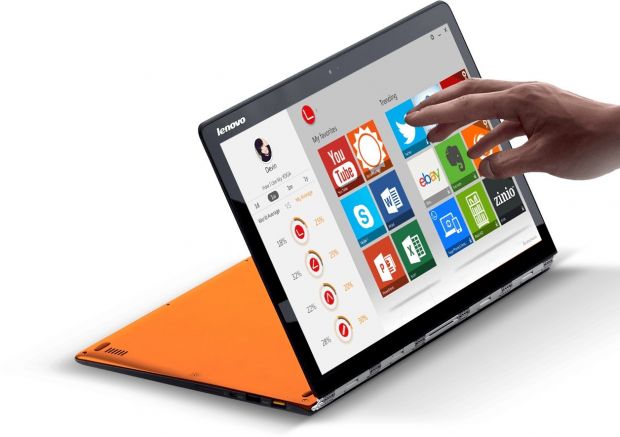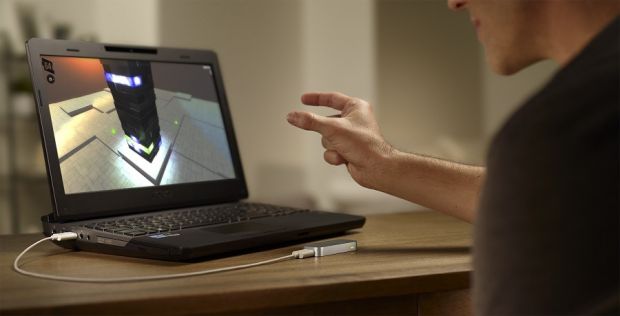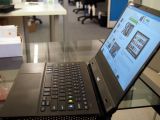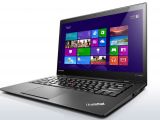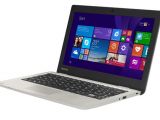The demise of laptops have been prophesized ever since tablets started gaining popularity. But contrary to expectations, the notebook form factor continued to endure.
What’s more, newer tablet models have started borrowing key laptop features. For example, a lot of models today are basically 2-in-1s, which means you get a tablet device and a keyboard companion that can be attached to it.
But the fact remains – over the years notebooks haven’t changed in form or shape, radically. Your notebook today probably looks like the one you had five years ago. Granted, newer machines have been slimmed down considerably (think of Ultrabooks), so they can be carried around much easier.
But fast forward to the future and notebooks will probably get some pretty amazing capabilities. Although it’s quite unlikely their form factor will differ at the fundamental level.
And since we’re getting closer to the end of 2014, it seems like a good time to image what the future might hold. So here is how I picture the laptop of the future.
2-in-1 convertibles are going to be the norm
As I was telling you above, physical keyboard are a feature that won’t go anywhere, anytime soon. Even with the advent of tablets and their touchscreen, people still curved keyboards, especially when productive activities were involved.
So slowly, most tablet manufacturers have introduced models that can be used in concert with a keyboard and even a mouse.
The hinge is something that won’t go away either, so some device makers have been exploiting the trend by launching models like the Yoga 3 Pro which maintains a hinge, albeit a very versatile one that allows users to push the screen back and rotate it with 360 degrees.
So in the future, I expect to see the 2-in-1 form factor take over, while good old-fashioned notebooks like the Toshiba Satellite CL10-B will become obsolete.
Gesture control will be everywhere
When Windows 8 made it out in 2012, every major tech player in the industry hurried to implement touch-screen displays in their offerings. This standard soon became widespread, as cheaper models such as the Acer Chromebook C720 model also bundled this function.
But touchscreen control is barely the tip of the iceberg. In the future, mainstream laptops could come equipped with a feature that has only briefly appeared – gesture control.
For example, the ThinkPad X1 Carbon business Ultrabook offers voice and 10 different hand gesture controls, but it’s a premium offering selling for a price as high as $1,124 / €904.
However, in a few years I believe laptops taking advantage of this feature won’t sell for as much. That’s mainly because important players in the field are involved with developing such technology.
For example, chip giant Intel has partnered up with Creative in order to add Senz3D gesture-based webcam inside new notebook models. We're still waiting for the availability of such products, but one thing's clear – there's an interest for the development of such systems.
And if right about now, you’re conjuring up images of exaggerated Kinect-like movements, I don’t think this will be the case, because gesture-control technology is evolving fast. In a few years, the system will probably be able to pick up the slightest movement you make.
Eye control is going to be a thing too
You probably heard the story according to which Pizza Hut wants to implement a certain kind of eye-tracking sensor into the tablets that will act as menus in their restaurants.
The tablet will be able to pick up your direction of glare in order to come to a conclusion of which pizza specialty you want to have for launch.
Well, since this is happening today, there’s no doubt that in a few yours you’ll be able to glance at your laptop’s screen and the cursor will appear where you want it to be.
Eye-tracking technology specialist, Tobii has already developed the Rex peripheral, which lets users navigate through Windows 8 and interacting with apps by virtue of looking around the screen.
The system has been implemented in a few test-laptops since 2013, however we’re still waiting on the technology to go into mainstream laptops. Patience is the key.
Say bye-bye to the mouse
Touchpads and eye-tracking technology will surely put a lot of pressure on mouse peripherals. Why’s that? Bbecause the need for them basically disappears and users can choose to rely on the above mentioned without a problem.
And the death of the mouse has already started. Back in 2013, world’s largest mouse maker, Logitech posted a net loss of $195 million. This certainly hints towards where things are going in the industry, even if touchscreen displays are still considered pretty expensive today (not to mention eye-tracking tech).
Even if the PC ecosystem is metamorphosing at a fast rate, it doesn’t mean that in five years’ time notebooks are going to change their face so much that you won’t be able to recognize them. Nevertheless, some nifty improvements are going to be coming our way soon.
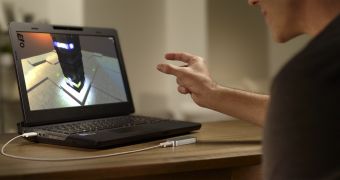
 14 DAY TRIAL //
14 DAY TRIAL // 